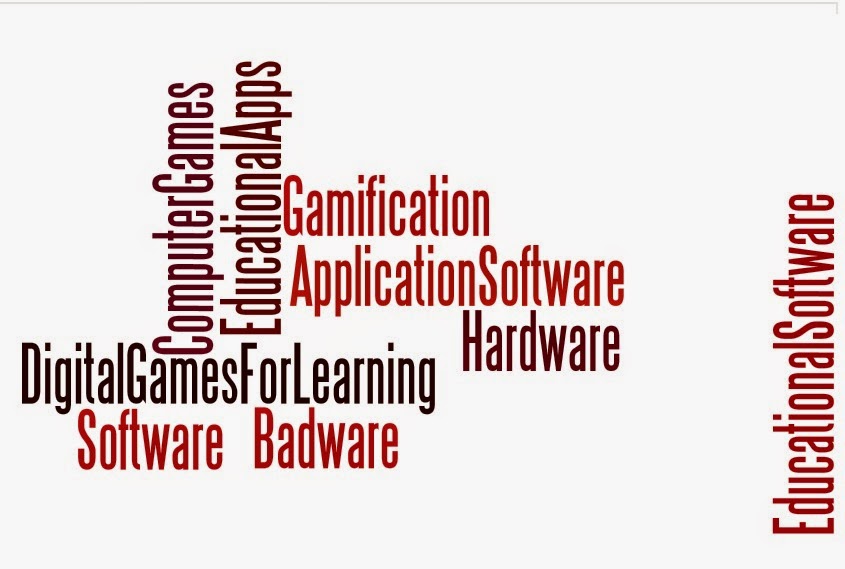Chapter 8 was an interesting and informing chapter. It was
titled “Communicating and Collaborating with social media.
This first thing I would like to talk about from this
chapter is Electronic communication between teachers and students. There are
many ways for teachers and students to communicate with each other, those ways
being: Email, text messaging, teacher websites, blogs, or online discussions. I
find it really cool that there are so many way that you can be able to contact
a teacher these days. Before students could only really be able to contact a
teacher through phone or talk to the teacher at school. I find it nice to be
able to have so many different modes of communication.
The second thing I would like to touch on is social networking
for educators. Educators can use social networking for things such as:
Teacher-to-teacher discussions about curriculum and instruction, book groups
and literature, linking educational policy and reform organizations, exchanging
educational research information, and group editing of projects and writing. I
find it to be very interesting how teachers can use technology today and it is
awesome all the things they can do now. I think some people would not really
think to put social networking and educators in the same sentence.
The third thing I would like to talk about is teaching
beyond the school day. With electronic communication teachers can now reach
students after the school day is over, which is nice because sometimes there
just is not enough time to teach everything a teacher wants to teach in a day.
When I was younger this was never a thing, but now teachers have a classroom
website or a teaching blog where they can post notes, inquiry questions,
homework assignments, and writing ideas. It is such a great thing that teachers
have the ability to do things like this. Being able to teach beyond the school
day is beneficial for both students and teachers.
link to it on the website: http://linoit.com/users/abarnes6/canvases/chapter%208
Work Cited
Maloy, Robert, Verock-O’Loughlin,Ruth-Ellen, Edwards, Sharon A., and Woolf, Beverly Park (2013). Transforming Learning with New Technologies. 2nd Edition. Boston, MA: Pearson Education, Inc. lead to bad things.


.png)
